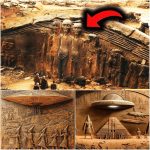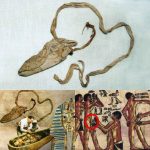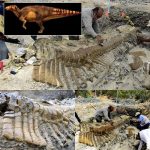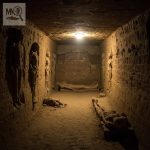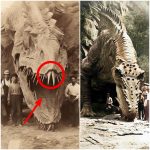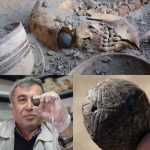Metal Detecting Frenzy: Unearthing WWII Soldiers’ Artifacts in Surprising Locations
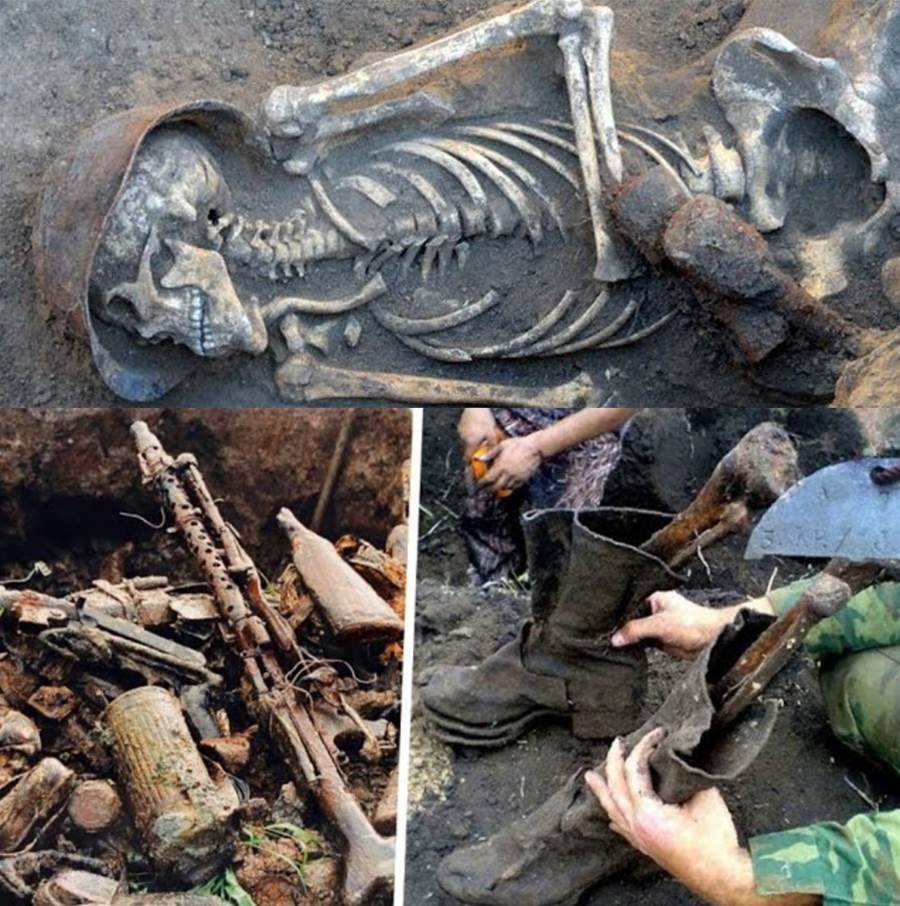
Metal detecting enthusiasts and archaeologists around the world are uncovering astonishing relics from World War II, often in locations that reveal unexpected historical significance. From rural fields to urban landscapes, the hunt for forgotten soldiers’ artifacts has intensified, offering a unique window into the lives of those who fought and the broader social and military context of the war.
The Thrill of Discovery

Metal detecting has become both a hobby and a historical pursuit, allowing modern explorers to physically connect with the past. Hobbyists equipped with advanced detectors and careful mapping techniques are unearthing items ranging from personal belongings to military equipment. Buttons, badges, helmets, rifles, and coins are frequently discovered, each telling a story about the individual soldiers who carried them and the battles they endured.
Unexpectedly, some artifacts have been found in areas long considered devoid of historical activity. Urban construction sites, parklands, and even private gardens have yielded relics, highlighting how the chaos and mobility of WWII scattered belongings across landscapes far beyond battlefields. These finds demonstrate that history is layered beneath modern environments, waiting to be uncovered by those with patience, skill, and curiosity.
Historical Insights
The artifacts discovered through metal detecting offer valuable insight into the daily lives of soldiers. Personal items such as dog tags, watches, and letters reveal human stories behind the conflict, while equipment and weapons provide clues about military strategies, logistics, and battlefield conditions. Each discovery adds to a broader understanding of WWII, complementing archival research and battlefield studies.

In addition, metal detecting finds help historians trace troop movements, fortifications, and hidden wartime installations. Unearthing such relics in unusual locations challenges assumptions about where soldiers were stationed or how military campaigns were conducted, creating new avenues for research and interpretation.
Preservation and Ethics
While metal detecting can uncover incredible artifacts, it also raises questions about preservation and responsible practices. Experts stress the importance of documenting finds, reporting significant items to local authorities, and preserving artifacts in museums or archives. Improper handling or looting can destroy invaluable historical evidence, undermining both scientific study and cultural heritage.
Many metal detecting communities now collaborate with historians, archaeologists, and local governments to ensure that discoveries contribute meaningfully to historical knowledge while remaining protected for future generations. This balance between hobbyist enthusiasm and professional oversight is crucial for preserving the legacy of WWII soldiers and the artifacts they left behind.
Conclusion
The ongoing metal detecting frenzy reveals how WWII continues to shape our landscapes, memories, and understanding of history. By unearthing soldiers’ artifacts in unexpected locations, hobbyists and researchers alike bring personal stories and historical events to light. These discoveries provide tangible connections to the past, offering insights into military life, strategies, and the enduring human experiences of courage, resilience, and sacrifice. As enthusiasts continue to explore fields, towns, and forgotten corners of the world, each artifact reminds us that history is not only in books but also buried beneath our feet, waiting to be rediscovered.




